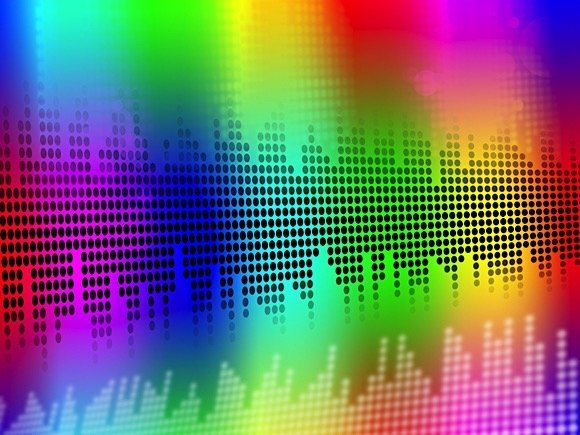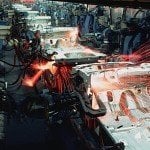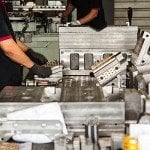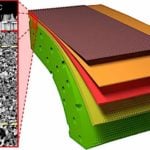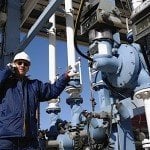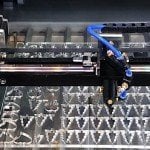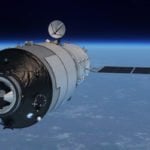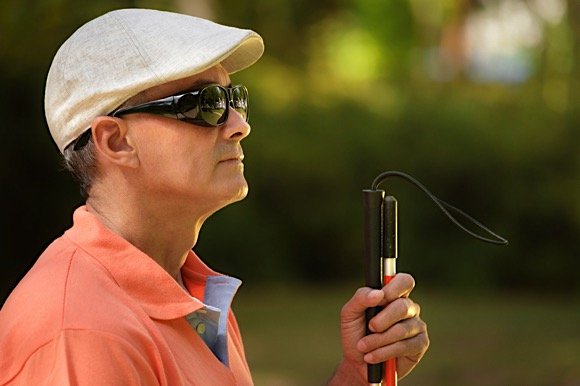
The World Health Organization estimates there are 285 million visually-impaired people around the world, 39 million of whom are blind. Researchers aim to assist these people in seeing the world through advances in technology and medical science.
Researchers recently developed a pair of glasses that utilizes cameras and a compact processing unit to create 3D images and feed information back to the user as intuitive soundscapes. “The cameras produce a three-dimensional picture of the surroundings in real time, and the system translates this into sound, something like the sound of the sea, which the user learns to interpret to navigate their environment, said Antonio Quesada, Chief Executive of Spain-based Eyesynth.
The headset constructs audio pictures of the user’s surroundings, increasing the independence of people who are blind or otherwise visually impaired. Through neural scanning, researchers discovered that the brain engages the visual cortex to build up an audio image, even when only abstract sounds are used.
Quesada described the benefits of the headset, which allows users to navigate around obstacles or identify and grasp nearby items. “By learning to understand the subtle variations in sounds, the user can identify straight lines or rounder shapes,” he said.
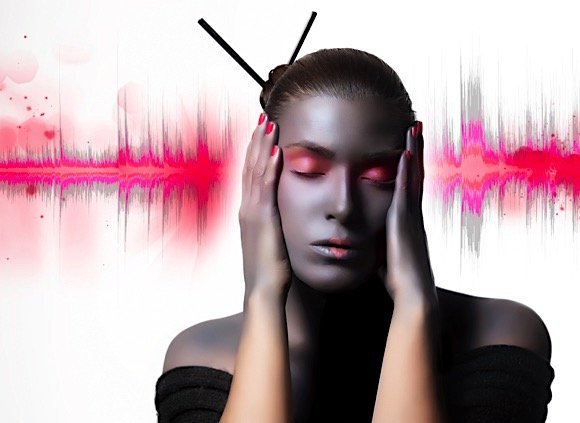
Furthermore, the audio signals are not transmitted through bones on the side of the head rather than through the outer ear. This allows the person to use the headset without limiting their ability to hear what is going on around them, which is also beneficial to the hearing impaired.
The gadget is first used in a familiar environment, where the user can normally navigate without issue, so that he or she can get used to the device and learn what triggers various soundscapes. Standing in front of the sea, for instance, would trigger the soothing sound of the ocean.
The device is being further developed to add new features, such as text reading, facial recognition, and colour identification. In Iceland, researchers have begun to use 3D cameras to create a picture for blind people. They have also created a belt that uses haptics to produce a form of visualization. According to Professor Runar Unnthorsson of the University of Iceland, the belt could make a simple shadow-like representation of the object being viewed.
“If there is a lamppost in front of you, for example, as you rotate, you would feel the centre column moving along the belt,” he said.
Professor Unnthorsson also described additional testing that was conducting to determine ways of converting visual information into useful audio via 3D cameras. A recent prototype was developed, emitting sounds that simulate a stream of bubbles in water. The larger an object is, the more bubbles are produced. The system also features a “danger mode” that warns of hazards such as stairs, missing utility covers, etc. “The system is highly customizable, so users can switch between different audio modes, or tactile modes and even change parameters, such as the number of objects represented.” The system currently requires a laptop (carried via backpack) for image processing, though plans for smaller systems are in the works.
